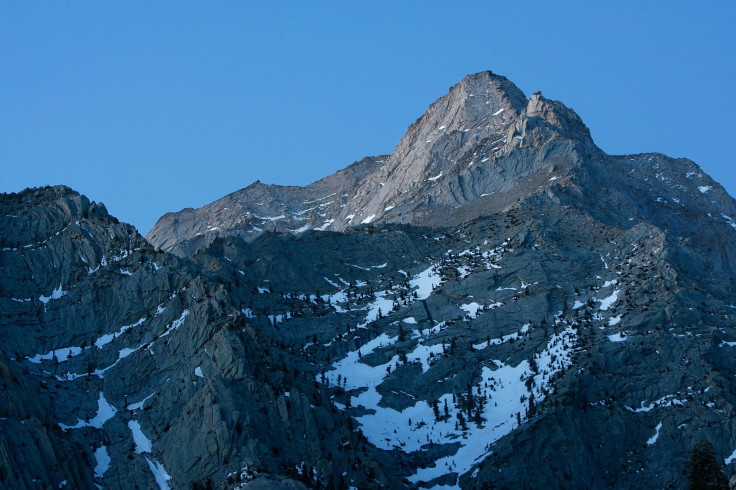California Drought Update: Water Source At Sierra Snowpack Becoming Less Reliable As Climate Warms

California, long burdened by a severe drought, is coming off one if its wettest winters in almost 20 years — but that doesn’t mean its water woes will be left behind. The Sierra Nevada snowpack, which provides 60 percent of the state’s water, held an unusually immense amount of snow in January, according to data released Tuesday.
That means more water for the region in the coming months. However, experts warned the abundance of the season was just an anomaly, not something to be counted on as the climate gets progressively warmer overall.
Read: How Often Does It Rain In Drought-Stricken California?
Snow from the Sierra Nevada snowpack provides water for California and parts of Nevada as it melts and fills reservoirs in the warmer months. The state’s water infrastructure is mostly centered on the snowpack’s reliability, which typically starts melting in May when demand for water is at its peak.
But if the climate continues to warm on its current trend, that snowpack will shrink to 15 percent of what it was in 2012 through 2015 by the end of the century, according to a study published earlier in March by the Institute for the Environment and Sustainability at the University of California, Los Angeles.
“Losing 85 percent of that snowpack severely threatens the ability for California to rely on melted snowpack as a primary source of drinking water,” said Neil Berg, a UCLA researcher and author of the study.
If the snow starts melting earlier, it won’t be a reliable source for the state’s water supply.
Read: Flooding Causes $50 Billion In Damage After California's Wettest Season
“We can’t use that water,” Keane Sommers, who manages Nevada Irrigation District’s 10 high-country storage lakes, told the Sierra Sun. “We can’t store it.”
Experts warned of a need for a unique approach to supplying the immense state with water in order to adequately prepare for a warming climate.
Despite an extremely wet season and elevated snowpack, California’s drought status has not yet technically been lifted. Gov. Jerry Brown won’t decide whether or not to lift the drought designation until the Sierra Nevada snowpack is officially assessed in April.

© Copyright IBTimes 2025. All rights reserved.






















